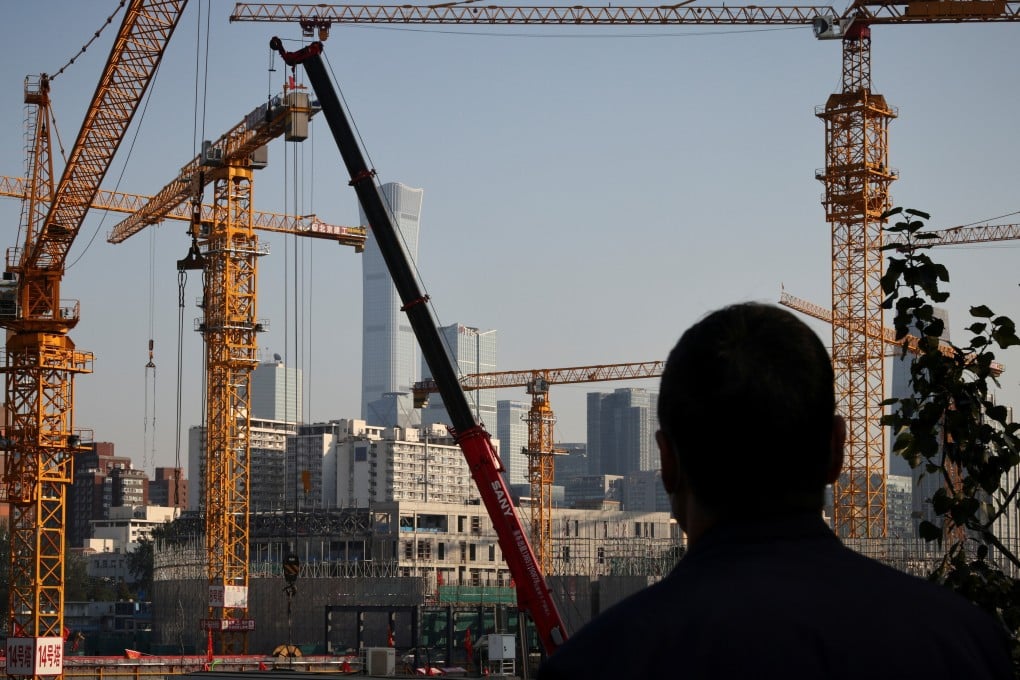Advertisement
China GDP: slowdown in third quarter growth ramps up fears of more economic trouble ahead
- China’s gross domestic product (GDP) in the third quarter grew by 4.9 per cent from a year ago, down from 7.9 per cent growth in the previous quarter
- The overall economic picture has ignited concerns about stagflation, which occurs when an economy is hit by slow growth, high inflation and unemployment
Reading Time:3 minutes
Why you can trust SCMP
51

A worse-than-expected third quarter economic performance for China has indicated there could be more pain ahead in the final three months of the year, while stoking fears of “stagflation”, analysts say.
On Monday, new data from the National Bureau of Statistics showed China’s gross domestic product (GDP) for the three months ending September grew by 4.9 per cent from a year ago, missing market expectations of 5 per cent growth and well below the 7.9 per cent gain seen in the second quarter and the blistering 18.3 per cent expansion between January and March.
While growth was extraordinarily strong in the first six months of the year due to a post-pandemic rebound, the underwhelming third quarter gain came amid a power crisis, Delta variant outbreaks, disasters such as floods and Beijing’s regulatory crackdown on various sectors of the economy.
A variety of factors have led to power rationings in some places recently, which has had a certain impact on normal production
“In terms of absolute economic growth rate, the fourth quarter of this year and the first quarter of next year might be a bottom of the current economic circle,” said Zhou Hao, senior emerging markets economist at Commerzbank AG, adding he expected China’s GDP growth rate to decline to about 3 to 3.5 per cent in last three months of the year.
Advertisement
Lu Ting, chief economist at Nomura, estimated China’s economic growth would slump to 3 per cent in the fourth quarter and remain that way into spring.
Slower global economic growth would add headwinds to China’s foreign trade and therefore output and GDP growth, Xu Yating, senior economist at IHS Markit, said in a note on Monday.
Advertisement
Other NBS data on Monday offered little optimism.
Advertisement
Select Voice
Choose your listening speed
Get through articles 2x faster
1.25x
250 WPM
Slow
Average
Fast
1.25x